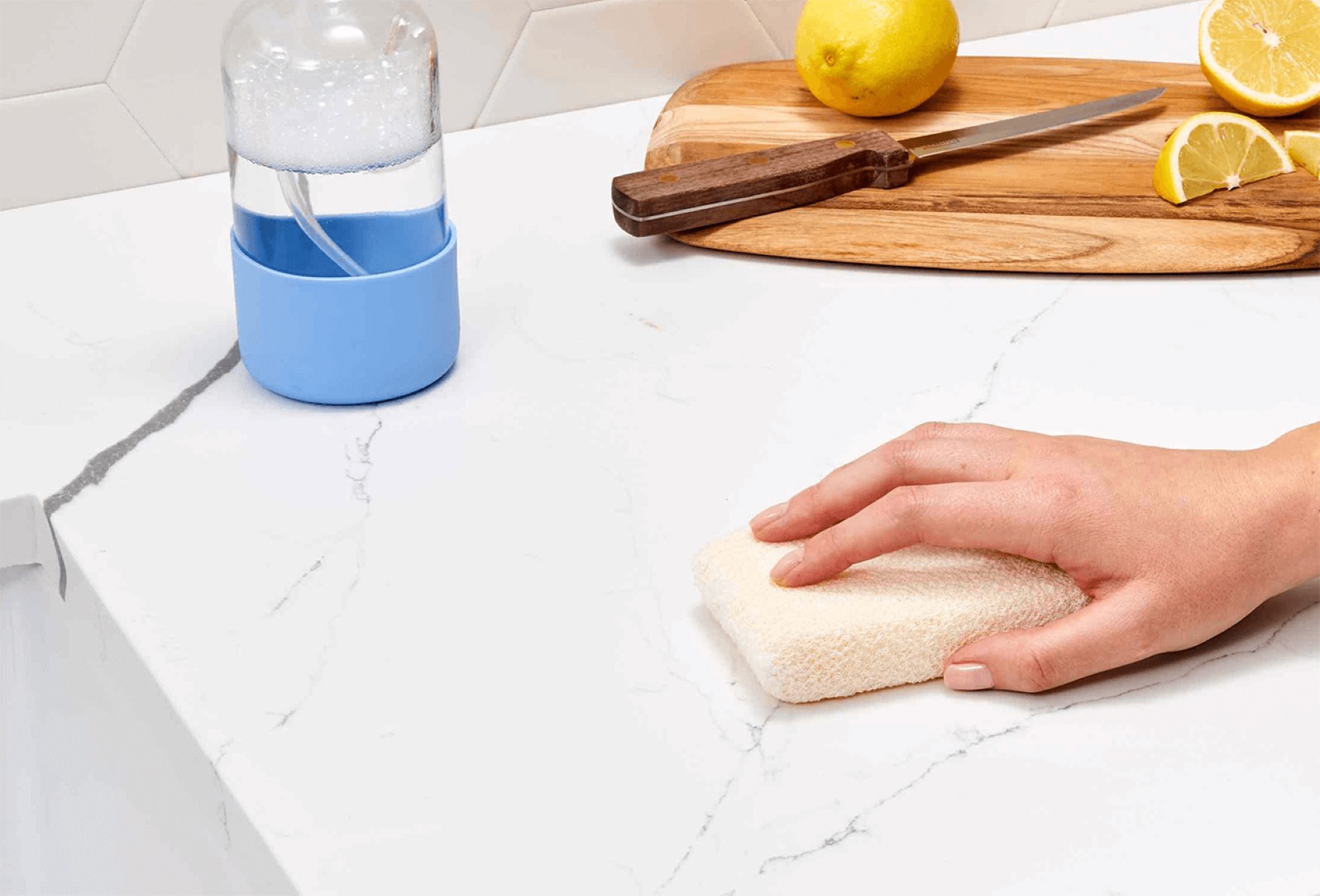

Articles
How To Remove Paint From Quartz Countertops
Modified: April 22, 2024
Learn effective techniques to remove paint from quartz countertops with our informative articles. Protect the beauty and longevity of your countertops with our expert tips and tricks.
(Many of the links in this article redirect to a specific reviewed product. Your purchase of these products through affiliate links helps to generate commission for Storables.com, at no extra cost. Learn more)
Introduction
Welcome to our comprehensive guide on how to remove paint from quartz countertops. Whether you accidentally splattered paint on your beautiful quartz countertops during a home improvement project or purchased a property with paint-covered quartz, we’re here to help you restore the natural beauty of your surfaces. With the right techniques and tools, you can successfully remove paint from quartz without damaging the material or compromising its durability.
Quartz is a popular choice for countertops due to its durability, low maintenance, and aesthetic appeal. Unlike natural stone countertops like granite or marble, quartz is an engineered material made from a combination of quartz particles and resins. This makes it less porous and more resistant to stains, but it also presents unique challenges when it comes to removing substances like paint.
In this article, we’ll walk you through the process of safely removing paint from quartz countertops, step by step. We’ll cover everything you need to know, from preparing the work area to selecting the right paint remover, applying it properly, and cleaning and polishing the quartz surface afterwards. So, let’s dive in and discover how to restore your quartz countertops to their original glory!
Key Takeaways:
- Promptly address paint spills on quartz countertops to prevent bonding. Always do a patch test before using paint removers and follow manufacturer’s guidelines for safe and effective paint removal.
- Protect and maintain quartz countertops by regularly cleaning and polishing. Seek professional help if unsure about the paint removal process. Enjoy your restored, paint-free countertops!
Read more: How To Remove Ink From Quartz Countertops
Understanding Quartz Countertops
Before we delve into the process of removing paint from quartz countertops, it’s important to have a basic understanding of this popular countertop material. Quartz countertops are made from engineered stone composed of around 90% quartz particles and 10% resins and pigments.
Quartz is an extremely hard and durable material, making it resistant to scratches, chips, and cracks. It is also non-porous, which means it doesn’t absorb liquids and is resistant to stains. This characteristic makes quartz a popular choice for kitchen and bathroom countertops, where spills and splatters are inevitable.
One of the key advantages of quartz countertops is their low maintenance requirements. Unlike natural stone countertops, quartz does not need to be sealed. Regular cleaning with mild soap and water is usually sufficient to keep quartz surfaces looking pristine. However, when it comes to removing paint or other stubborn stains, a different approach is needed.
It’s important to note that not all quartz countertops are created equal. Different manufacturers may have different compositions and finishes, potentially affecting the way paint removal techniques are applied. It’s always a good idea to consult your countertop manufacturer’s guidelines or contact them directly for specific recommendations on paint removal.
Now that we have a better understanding of quartz countertops and their characteristics, let’s move on to why you may need to remove paint from them and how to do it properly.
Why Remove Paint from Quartz Countertops?
Paint spills or drips on quartz countertops can be unsightly and detract from the overall appearance of your kitchen or bathroom. Additionally, if left untreated, the paint can become hardened and more difficult to remove, making it even more essential to address the issue as soon as possible.
There are several reasons why you may need to remove paint from your quartz countertops:
- Accidental spills: Accidents happen, and paint spills are not uncommon during renovation or DIY projects. Whether it’s a stray brush stroke or an accidental drip, removing paint promptly is crucial to prevent it from permanently bonding with the quartz surface.
- Previous homeowner’s damage: If you’ve recently purchased a property with painted quartz countertops, you may want to restore them to their original state. This could be due to personal preference or as part of a larger remodeling project to update the kitchen or bathroom.
- Change in decor: Over time, our design preferences may change, and a paint color that once complemented your countertops may no longer suit your style. Removing the paint allows you to have a fresh canvas and choose a new color that better matches your updated aesthetic.
Regardless of the reason, it’s important to approach paint removal from quartz countertops with care to avoid damaging the surface. Quartz is a resilient material, but it can still be scratched or dulled if improper techniques or harsh chemicals are used.
In the next section, we’ll guide you through the necessary steps to prepare your work area before tackling the paint removal process, ensuring the best chance for success without compromising the quartz countertops.
Preparing the Work Area
Before you begin the process of removing paint from your quartz countertops, it’s important to adequately prepare the work area. Taking these steps ensures a clean and safe environment for the paint removal process.
Here are some key considerations when preparing the work area:
- Clean the countertop: Start by thoroughly cleaning the surface of your quartz countertops. Use a mild soap or detergent and warm water to remove any dirt, grease, or debris. Rinse with clean water and dry the surface completely with a soft cloth or towel. This step ensures that no additional substances interfere with the paint removal process.
- Protect surrounding surfaces: Cover any nearby surfaces or items that you want to keep paint-free. Use plastic sheets, drop cloths, or masking tape to shield cabinets, appliances, and other areas from potential paint splatters or drips.
- Gather your supplies: Make sure you have all the necessary tools and materials for the paint removal process. This may include paint remover, gloves, goggles, a scraper or putty knife, soft cloths, and a cleaning solution specifically formulated for quartz surfaces.
- Ventilation: Paint removers can release strong fumes, so it’s essential to ensure proper ventilation in the work area. Open windows or use a fan to improve airflow and reduce the concentration of fumes.
- Personal protective equipment (PPE): Wear appropriate personal protective equipment, such as gloves and goggles, to protect your skin and eyes from potential splashes or contact with paint removers.
By taking these precautionary measures, you create an environment that promotes safety and efficiency during the paint removal process. Once the work area is properly prepared, you are ready to proceed with testing paint removers on your quartz countertops, which we will cover in the next section.
Testing Paint Removers on Quartz
Choosing the right paint remover for your quartz countertops is essential to ensure effective and safe paint removal. However, before applying any paint remover directly to the painted surface, it’s crucial to conduct a patch test to verify its compatibility with your quartz countertops.
Here’s how to test paint removers on your quartz countertops:
- Select a hidden area: Choose a small, inconspicuous area of your quartz countertop to perform the patch test. Look for a spot that is typically covered or less visible, such as the underside of an overhang or the edge of the countertop.
- Apply a small amount: Take a small amount of the paint remover and carefully apply it to the selected area using a soft cloth or sponge. Follow the instructions provided by the manufacturer for specific application guidelines.
- Observe and wait: Allow the paint remover to sit on the surface as directed by the manufacturer. Keep a close eye on the area for any signs of discoloration, etching, or damage to the quartz. It’s recommended to wait at least 10-15 minutes or the recommended time specified by the product instructions.
- Check for adverse effects: After the waiting period, inspect the tested area. Look for any changes, such as color fading, surface alteration, or visible damage. If no adverse effects are observed and the quartz remains unaffected, it’s likely that the paint remover is safe to use on your countertops.
If any negative reactions occur during the patch test, do not proceed with using that particular paint remover. Instead, try a different product that is specifically formulated for use on quartz surfaces. Remember, different paint removers may have varying compositions and chemical properties, so it’s crucial to find one that is compatible with your quartz countertops.
Once you have found a paint remover that passes the patch test, you can proceed with the paint removal process. We will guide you through the steps of applying the paint remover in the next section.
Use a plastic putty knife to gently scrape off the paint from the quartz countertop. Avoid using harsh chemicals or abrasive materials that could damage the surface.
Applying the Paint Remover
With the patch test successfully completed and a compatible paint remover selected, it’s time to move on to the process of applying the paint remover to your quartz countertops. Follow these steps to ensure effective paint removal:
- Read the instructions: Before applying the paint remover, carefully read and follow the instructions provided by the manufacturer. Each product may have specific guidelines and recommendations that should be followed for optimal results.
- Protect yourself: Put on gloves and goggles to protect your skin and eyes from the paint remover and any potential splatters.
- Apply the paint remover: Apply the paint remover to the painted areas on your quartz countertop. Use a soft cloth or sponge to spread the product evenly and ensure complete coverage over the paint. Allow the remover to penetrate the paint for the recommended duration mentioned in the product instructions.
- Avoid excessive use: While it may be tempting to apply a thick layer of paint remover, using too much can actually be counterproductive. Excessive use may cause the remover to seep into the seams or edges of the quartz, potentially causing damage. Follow the recommended amount specified by the manufacturer.
- Cover and wait: Once the paint remover is applied, cover the treated areas with plastic sheets or cling wrap to prevent the product from evaporating too quickly. This helps to prolong the contact time between the remover and the paint, maximizing its effectiveness.
- Follow the recommended time: Allow the paint remover to work its magic for the recommended duration specified by the manufacturer. Avoid leaving it on for longer than instructed, as this can potentially harm the quartz surfaces.
During the waiting period, you may notice some changes in the appearance of the paint, such as bubbling or lifting. This indicates that the remover is breaking down the paint, making it easier to remove.
Once the recommended time has passed, it’s time to move on to the next step: removing the softened paint from your quartz countertops. We will outline the process in detail in the following section.
Removing the Paint
After allowing the paint remover to work its magic, it’s time to remove the softened paint from your quartz countertops. Follow these steps to ensure successful paint removal:
- Use a scraper or putty knife: Gently scrape off the softened paint using a plastic scraper or putty knife. Be careful not to apply too much pressure or use a metal scraper, as this can scratch or damage the quartz surface.
- Work in small sections: Divide the painted areas into manageable sections and focus on one area at a time. This allows for better control and ensures that you remove all traces of paint.
- Repeat if necessary: Depending on the thickness or type of paint, you may need to repeat the paint removal process in certain areas. Apply more paint remover to stubborn spots and allow it to penetrate for the recommended time before gently scraping it off.
- Be patient: Removing paint from quartz countertops can be a meticulous process. Take your time and be patient, especially when dealing with intricate patterns or hard-to-reach areas.
- Use gentle motions: When scraping off the paint, use gentle, controlled motions. Avoid aggressive scraping or scrubbing, as this can cause unnecessary damage to the quartz surface.
As you remove the paint, periodically wipe away any residue with a clean, soft cloth or sponge. This helps prevent the paint from spreading or reattaching to the quartz countertops.
If you encounter any stubborn paint marks that are difficult to remove, you can try using a non-abrasive quartz cleaner or a mild soap and water solution to further loosen the paint. Gently scrub the area with a soft brush or sponge, and rinse thoroughly.
Once all the paint is successfully removed, it’s time to move on to the final steps: cleaning and polishing the quartz countertops, which we will cover in the next section.
Cleaning and Polishing the Quartz Countertops
After the paint removal process, it’s important to thoroughly clean and polish your quartz countertops to restore their original shine and luster. Follow these steps to effectively clean and polish your countertops:
- Remove any residue: Begin by wiping away any remaining remnants of paint or paint remover from the surface of the quartz countertops. Use a clean, damp cloth or sponge to ensure all traces of paint are completely gone.
- Choose a non-abrasive cleaner: Select a non-abrasive quartz cleaner or a mild soap and water solution for cleaning your countertops. Avoid using harsh chemicals, abrasive cleaners, or scrub brushes that can damage the quartz surface.
- Apply the cleaner: Dampen a soft cloth or sponge with the chosen cleaner and gently wipe down the entire surface of the quartz countertops. Pay extra attention to any areas that may have accumulated dirt or grime during the paint removal process.
- Rinse thoroughly: After cleaning, rinse the quartz countertops with clean water to remove any remaining cleaning solution. Ensure all traces of the cleaner are completely washed away to prevent any residue buildup.
- Dry with a soft cloth: Using a soft, dry cloth, thoroughly dry the quartz countertops to prevent water spots or streaks from forming. Make sure the surface is completely dry before proceeding to the polishing step.
- Apply quartz polish: Use a quartz-specific polish to restore the natural shine and luster of your countertops. Follow the instructions provided by the manufacturer for application guidelines. Apply the polish evenly across the surface using a soft cloth or sponge.
- Buff the countertops: After applying the polish, use a clean, dry cloth to buff the quartz countertops in gentle circular motions. This helps to distribute the polish and achieve a brilliant, glossy finish.
Regularly cleaning and polishing your quartz countertops not only keeps them looking their best but also helps to protect and maintain their longevity. It’s recommended to follow the manufacturer’s guidelines for cleaning and polishing frequency to ensure optimal results.
By completing these final steps, your quartz countertops should be free of paint and restored to their former beauty. With proper care and maintenance, your countertops will continue to impress for years to come.
Before we wrap up, let’s go over some additional tips and considerations for paint removal on quartz countertops.
Final Thoughts and Tips for Paint Removal on Quartz Countertops
Removing paint from quartz countertops can be a delicate process, but with the right approach, you can achieve successful results. Here are some final thoughts and tips to keep in mind:
- Address spills and splatters promptly: The sooner you tackle paint spills or splatters on your quartz countertops, the easier it will be to remove them. Prompt action can prevent the paint from drying and bonding more firmly with the surface.
- Follow manufacturer’s guidelines: Always refer to your quartz countertop manufacturer’s guidelines and recommendations for paint removal. They may provide specific instructions or suggest approved products for use on their quartz surfaces.
- Protect your countertops: Use plastic sheets, drop cloths, or masking tape to protect surrounding surfaces and items from potential paint splatters or drips.
- Do a patch test: Before applying any paint remover, always conduct a patch test on a small, hidden area of the countertop to ensure compatibility and prevent any unwanted damage.
- Be gentle: Use gentle motions when applying the paint remover and removing the softened paint. Avoid harsh scrubbing or using abrasive tools that can scratch or damage the quartz surface.
- Proper ventilation: Ensure adequate ventilation in the work area during the paint removal process to reduce the concentration of fumes from the paint removers.
- Wear protective gear: Always wear gloves and goggles to protect your skin and eyes from the paint remover and any potential splatters.
- Regular maintenance: After the paint removal process, make a habit of regularly cleaning and polishing your quartz countertops to keep them looking their best and to maintain their longevity.
- Seek professional help if needed: If you’re unsure or uncomfortable with the paint removal process, it’s best to consult a professional who specializes in quartz countertop maintenance.
Remember, prevention is always better than cure. Take precautions to protect your quartz countertops from paint spills or splatters by covering them during painting projects or using drop cloths. However, if paint does end up on your quartz countertops, don’t panic. With the right techniques and tools, you can effectively remove the paint and restore the beauty of your quartz surfaces.
We hope this guide has provided you with the knowledge and confidence to tackle paint removal on quartz countertops. Enjoy your paint-free, sparkling countertops!
Frequently Asked Questions about How To Remove Paint From Quartz Countertops
Was this page helpful?
At Storables.com, we guarantee accurate and reliable information. Our content, validated by Expert Board Contributors, is crafted following stringent Editorial Policies. We're committed to providing you with well-researched, expert-backed insights for all your informational needs.
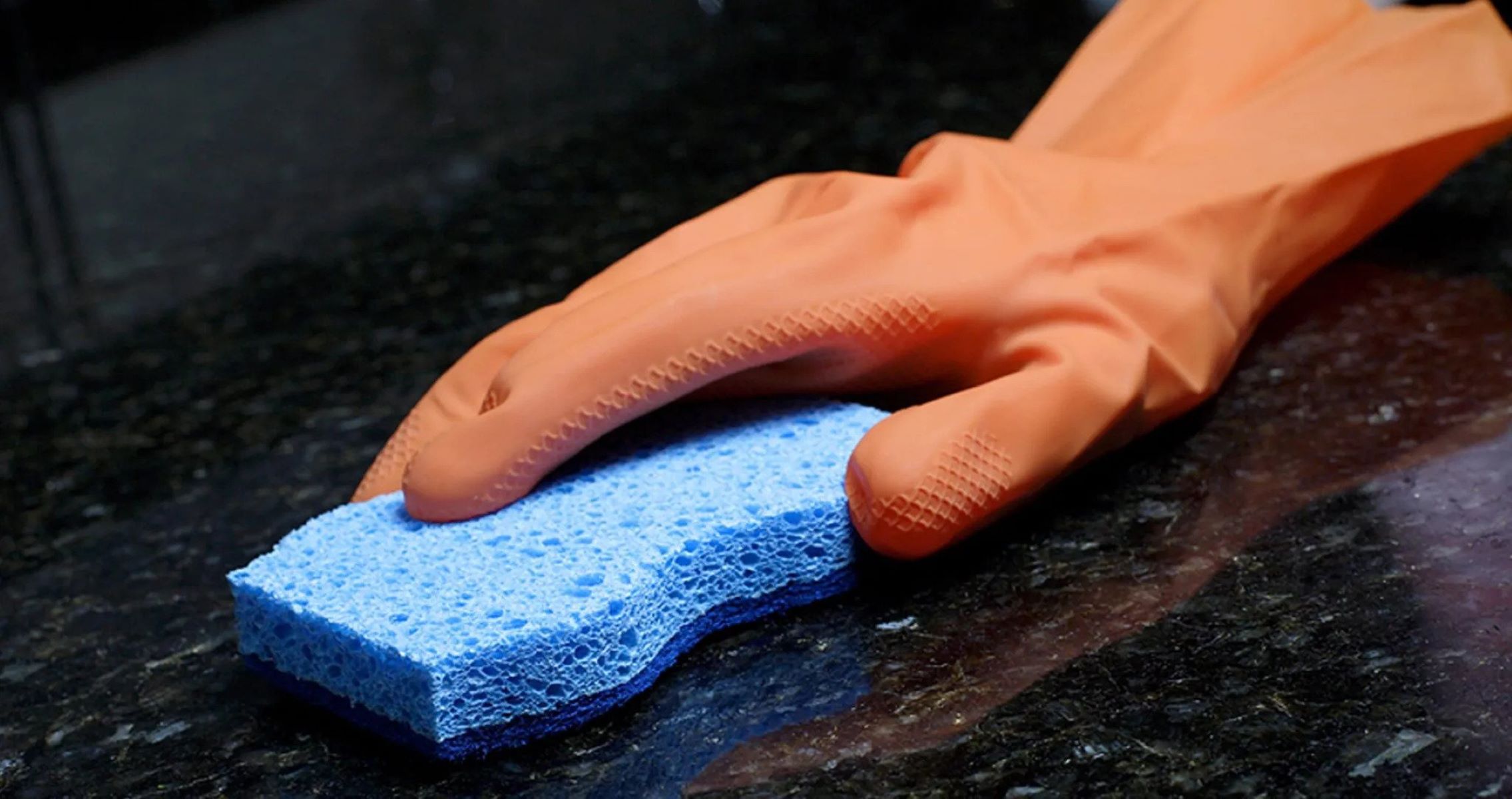
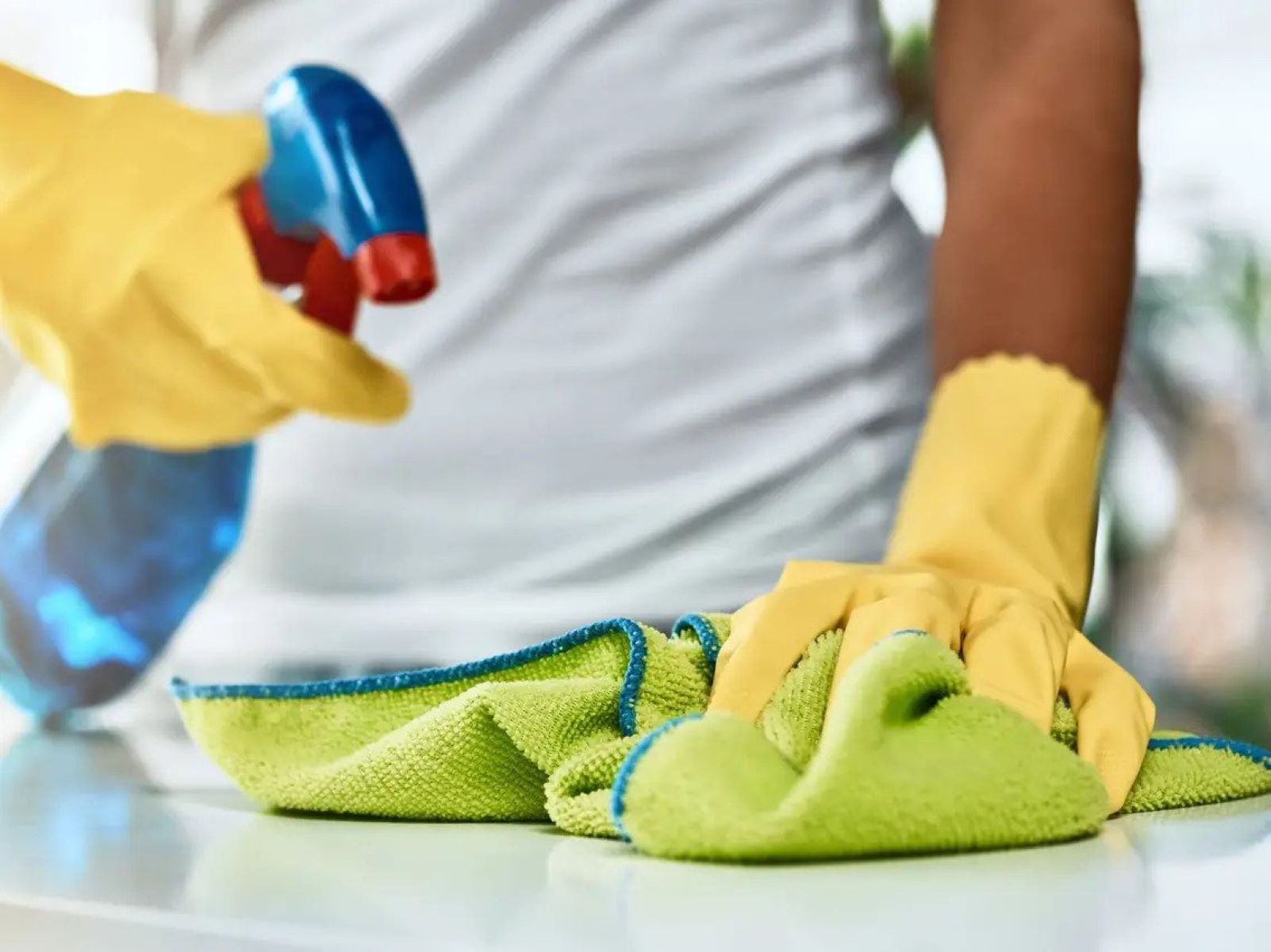
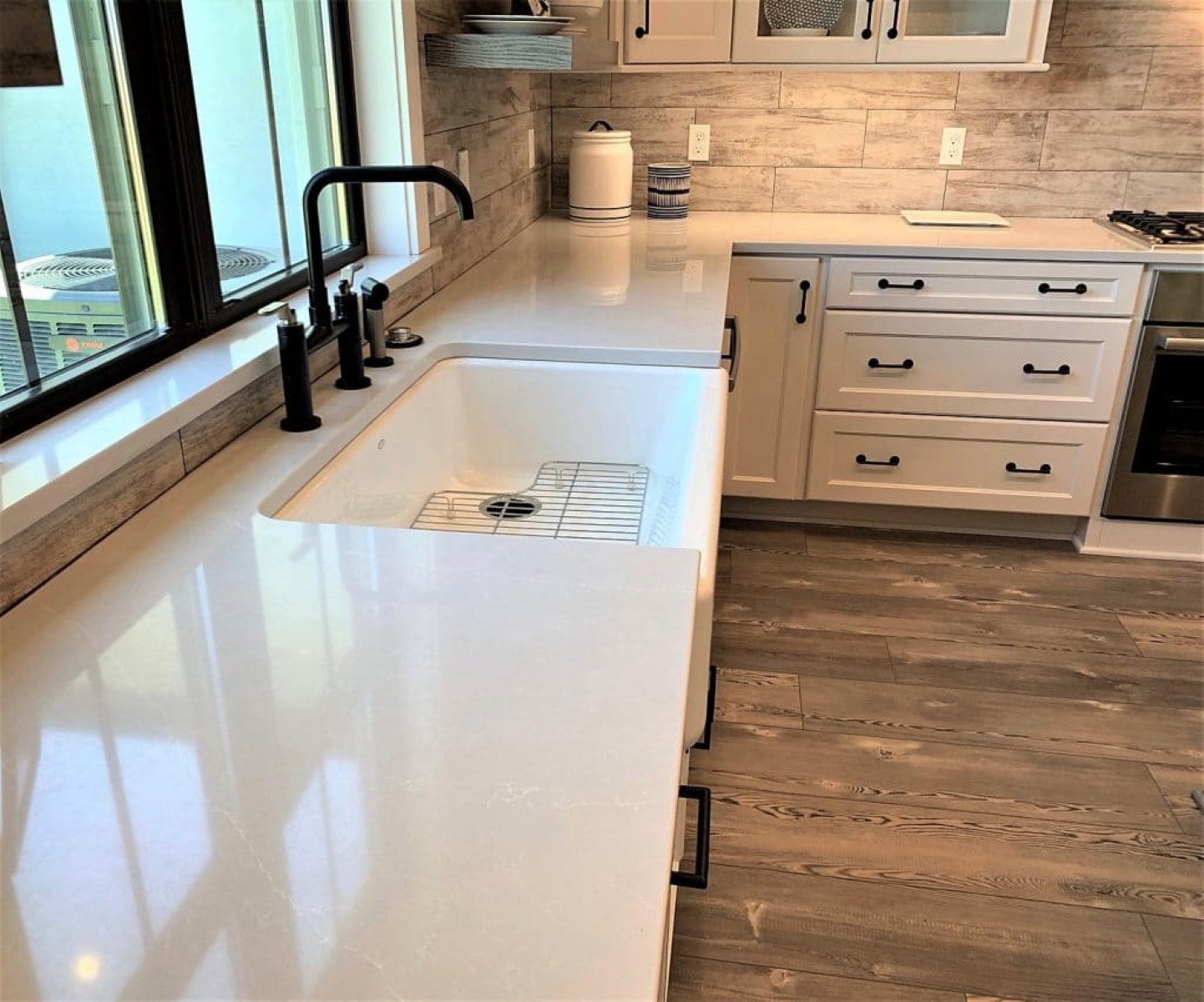

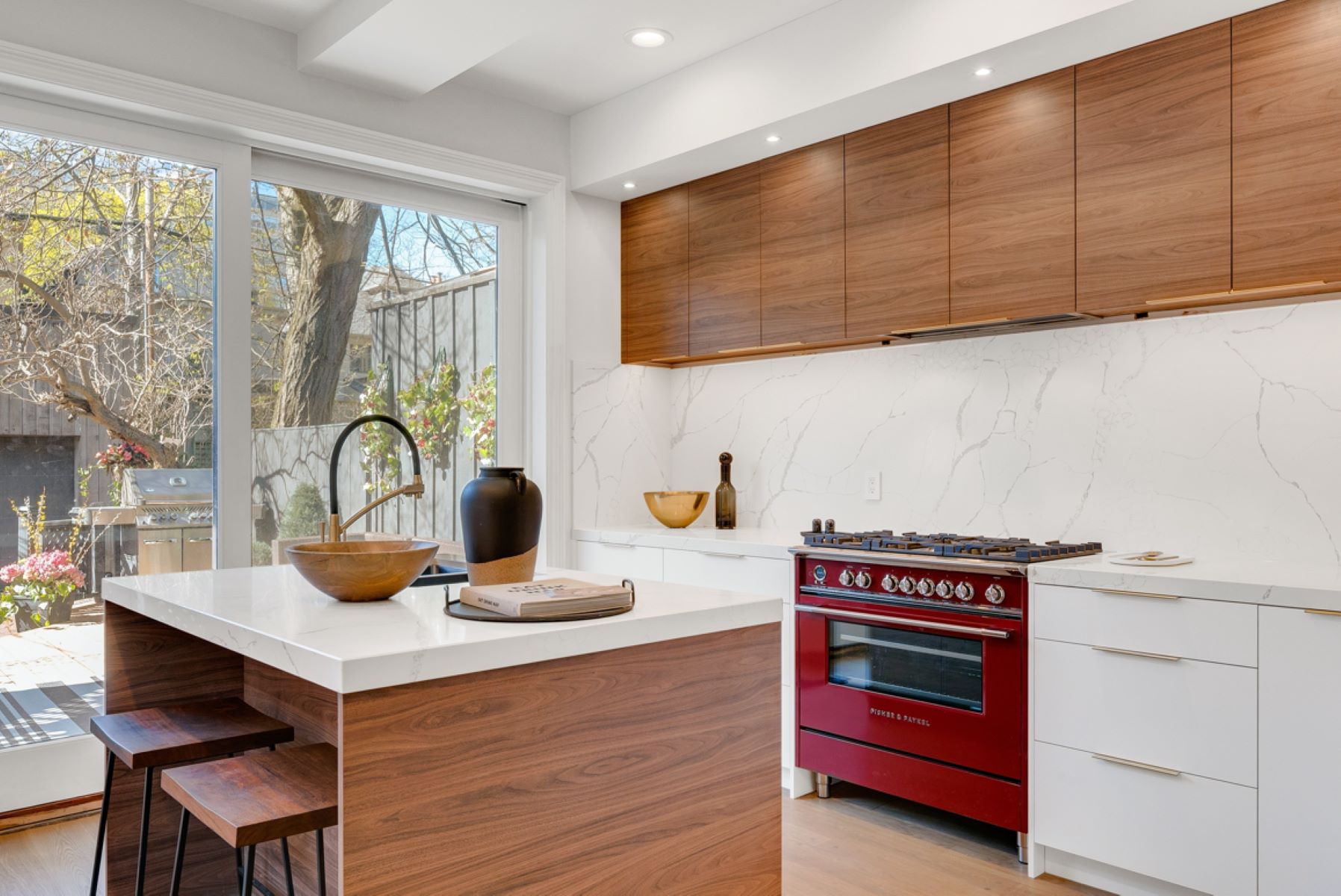
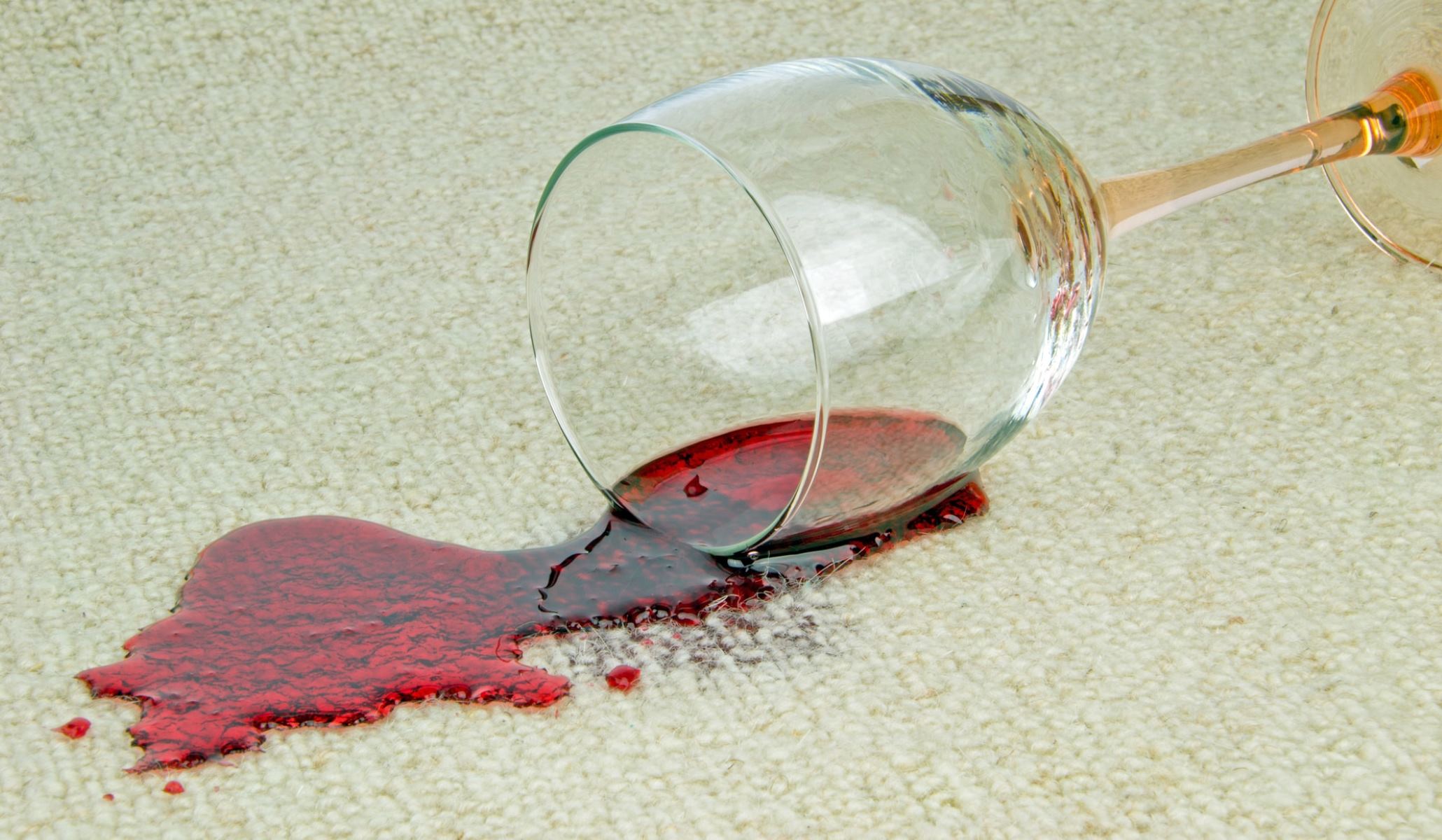
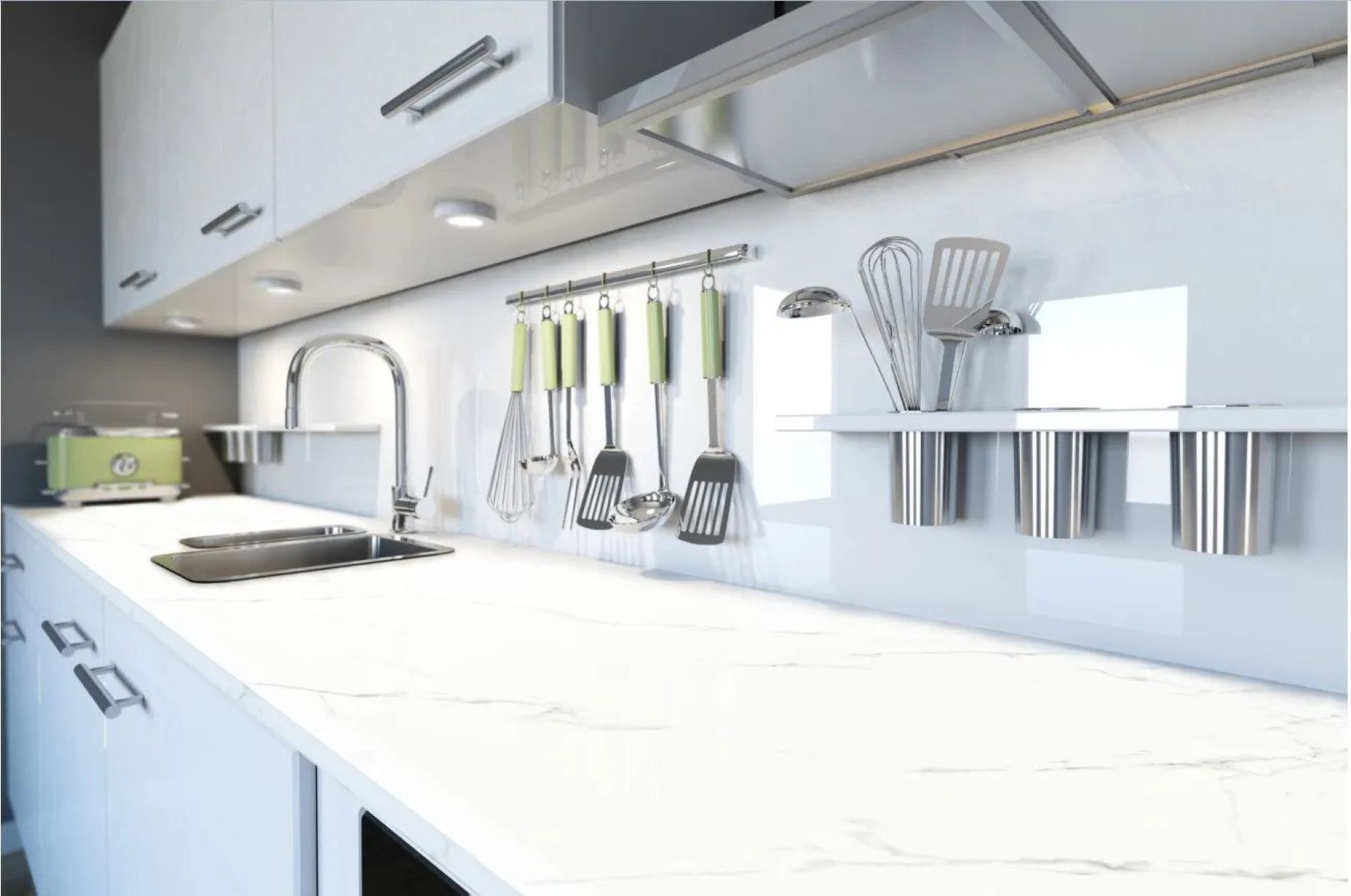
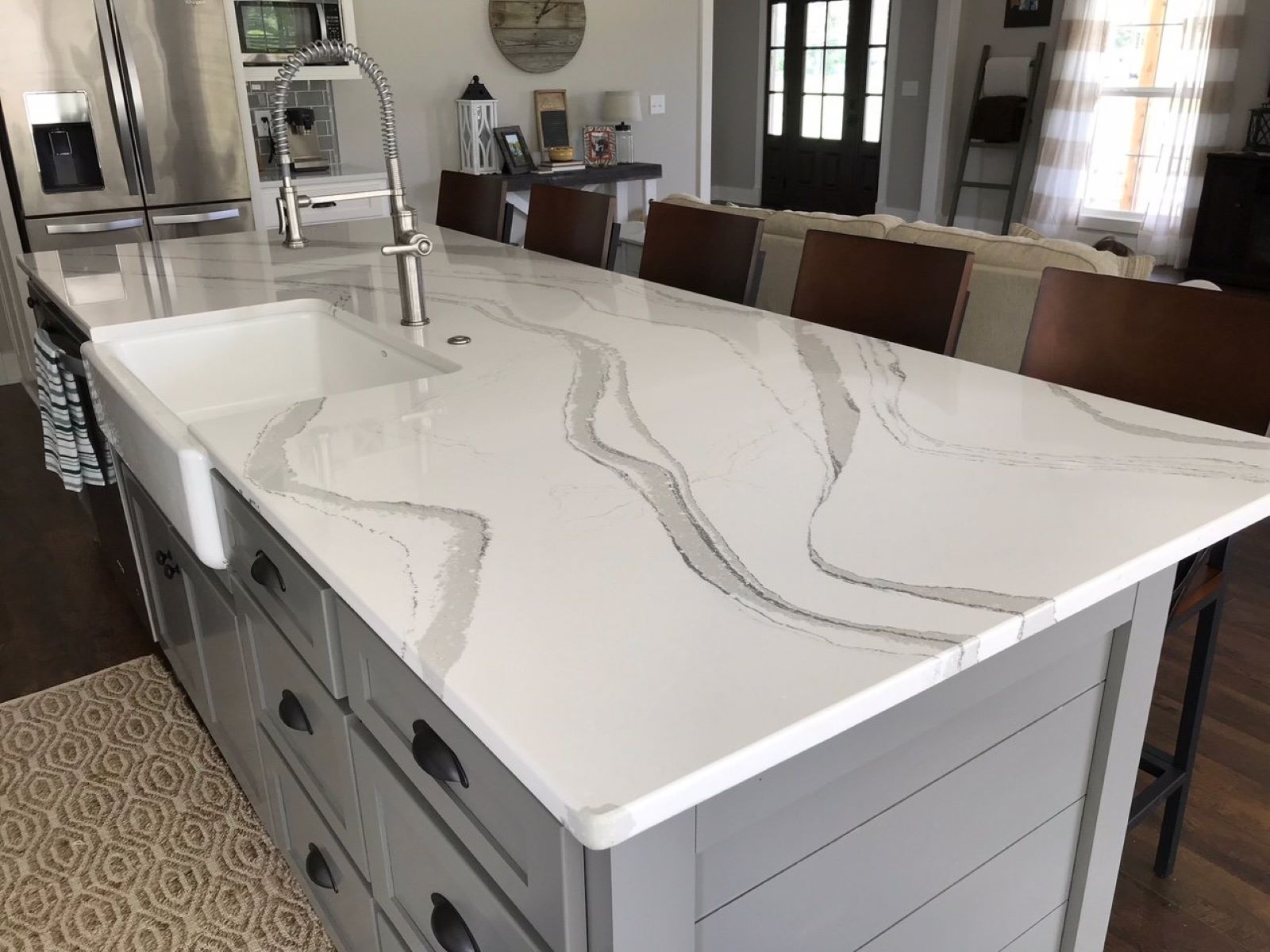
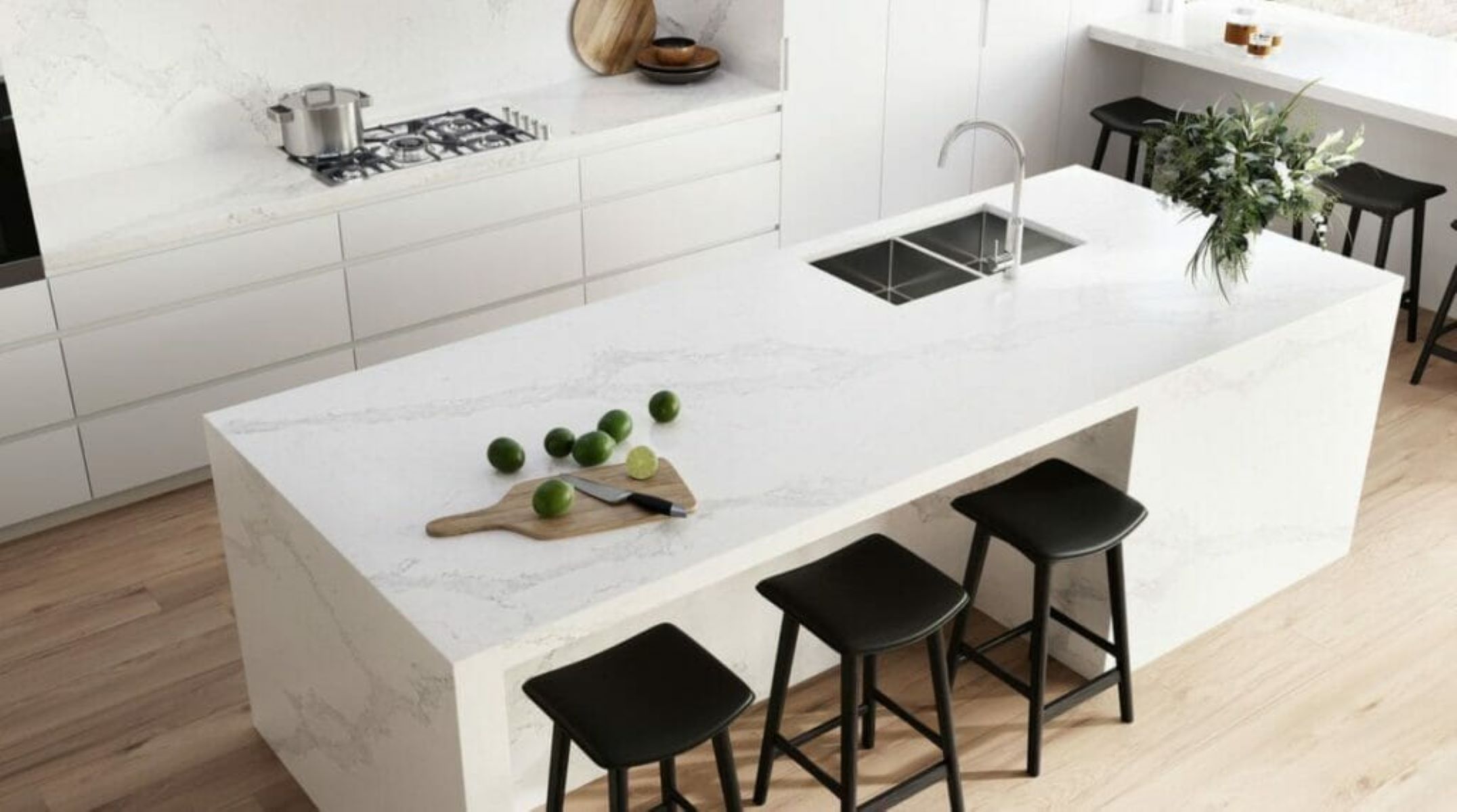

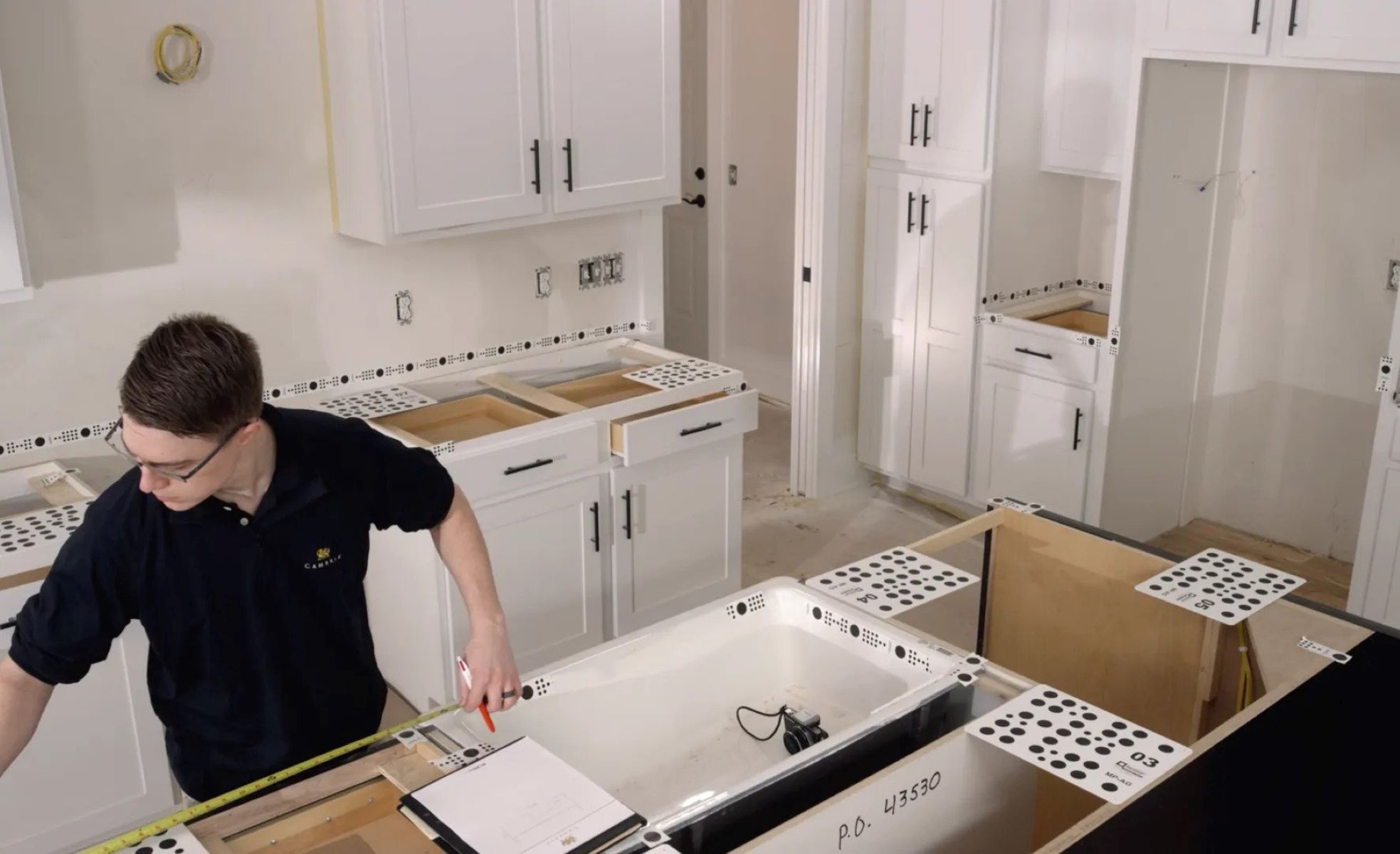

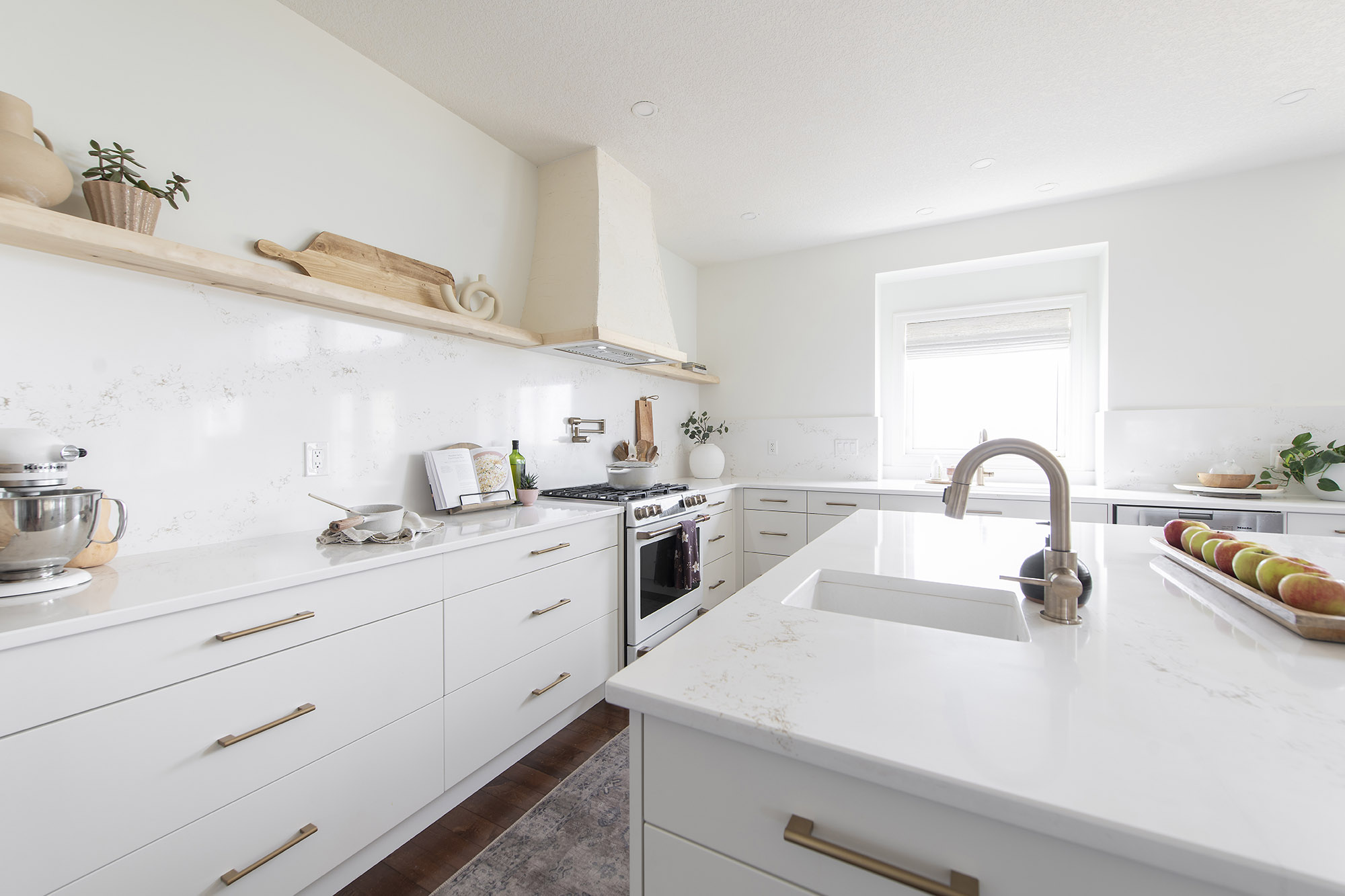


0 thoughts on “How To Remove Paint From Quartz Countertops”